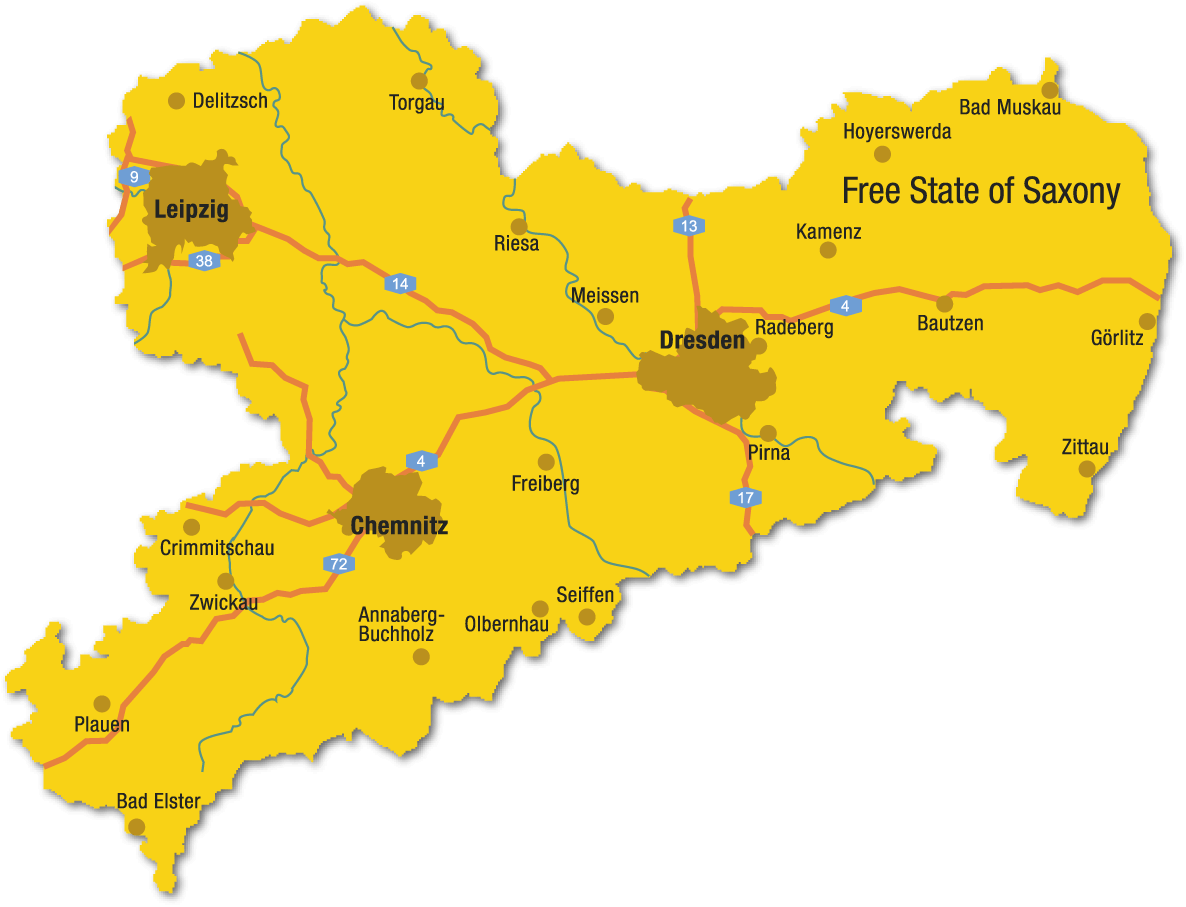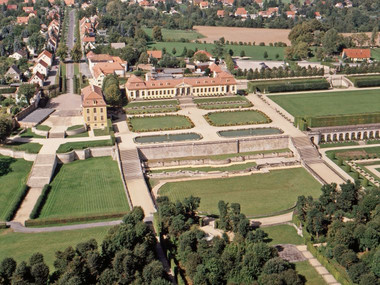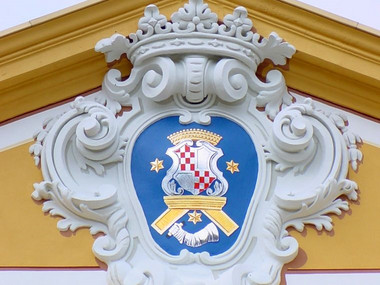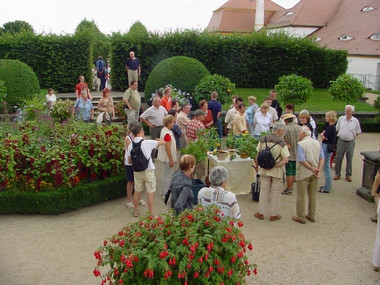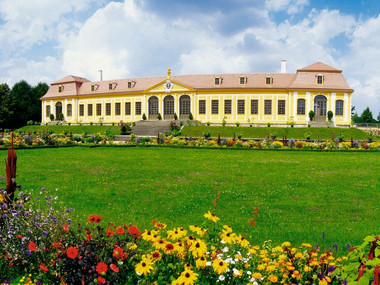Representative Tradition
In the 17th and 18th centuries, the European princes were very fond of collecting southern plants – especially orange trees. Such stocks of trees were called »Orangery«. They were a status symbol and served representation purposes. The term was later adopted for the orangery buildings. Apart from bitter orange trees, the princes of the time of Augustus the Strong also collected myrth, laurel, pomegrenade and fig plants.
The Princes und the Myth of Hercules
Great symbolic importance was dedicated to the orangeries for their context with the Greek myth of Hercules. The citrus fruit was regarded the golden apple, which Hercules was to obtain for Eurystheus from the Garden of the Hesperides. In this sense, the plant collection permitted its owner to flatteringly equal himself with the virtuous hero.
The orangeries at Grosssedlitz
The Upper and Lower Orangeries at Grosssedlitz were erected between 1719 and 1726. This is where up to 1,250 orange saplings were kept during winter. The last plants perished in the winter of 1928/29, presumably due to a failure of the heating. Comprehensive restoration works in both Orangeries allowed to import 100 orange saplings from Tuscany again in 1997.
Since then, the bitter orange trees have been decorating the Lower Orangery Terrace between May and September. Precisely lined up along the path bordering, they underscore thre Baroque architecture of the Garden. From October to April, up to 400 potted plants spend the winter time in the Lower Orangery at 5 to 8 degrees Celsius. The Upper Orangery is used for festivities during the summer months.
Contact
Grosssedlitz Baroque Garden
Parkstraße 85 | 01809 Heidenau
Property of State Palaces, Castles and Gardens of Saxony, non profit
+49 (0) 3529 5639-0
grosssedlitz@schloesserland-sachsen.de
